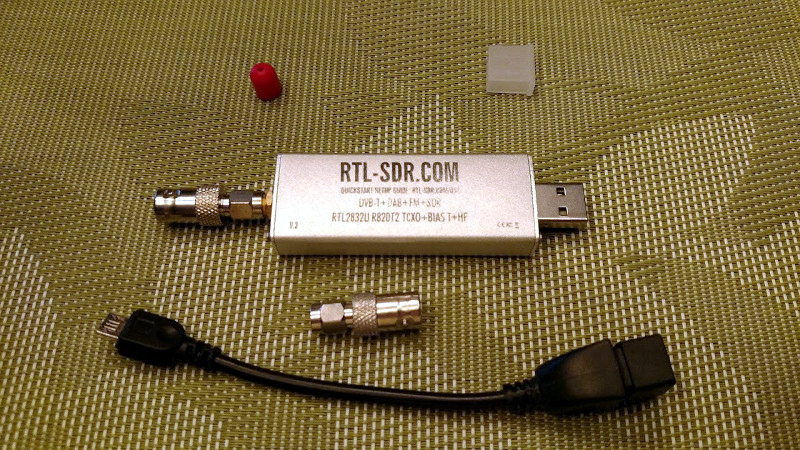When the RTL2832-based USB digital TV sticks were revealed to have hidden capabilities that made the an exceptionally cheap software-defined radio receiver, it was nothing short of a game-changing moment for the home radio experimenter. The RTL might not be the best radio available, but remains a pretty good deal for only $10 from your favourite online supplier.
Having bought your RTL SDR, you will soon find yourself needing a few accessories. A decent antenna perhaps, an HF upconverter, and maybe an attenuator. To help you, [IgrikXD] has come up with a repository containing open-source implementations of all those projects and more. There’s an HF upconverter handily in both SMD and through-hole versions, as well as a wideband active antenna. A resonant antenna for a single band will always out-perfom a wideband device if your interest lies on only one frequency, but when your receiver has such a wide range as that of the RTL it’s irresistible to look further afield so the wideband antenna is a useful choice.
The RTL SDR is a device that just keeps on giving, and has featured innumerable times here since since its first appearance a few years ago. Whether you are into passive radar or using it to decode data from RF-equipped devices it’s the unit of choice, though we rather like it as a piece of inexpensive test equipment.
Via Hacker News.
Header image: Joeceads [CC BY-SA 4.0].
















might want to fix *deal*..
Thanks.
I’ve seen a few variations of these last 3 yrs or so, worth collating them and gaining comparative data even as basic as circuit board photos as area might just be redone copies. Only for the semi-retired with not much else to do, so I’m out but, interesting, thanks for post :-)
Is there a place where you can get bandfilters (ISM-Bands mostly) in a hackers price range? i have a adalm-pluto and have problems with images.
Uputronics seems to sell filtered preamps with cases.
Personally I’d just buy the cheapest SAW filter for the band of interest on digikey or mouser and fab a board at oshpark for it.
Just select a filter with 50ohms in and out and use something like co-planar waveguide for the traces if you feel like the microstrip trace is to wide. There are various stripline and microstrip calculators online, I like the eeweb one’s.
Check the FR-4 er/permability from oshpark or your manufacturer of choice docs.
An FM trap would make a nice addition.
Still have my Realistic™ one.
LNA4ALL is a worthy addition too, but one you most likely will buy, not build
Well I didn’t know about that thanks for letting me know.
IMHO
3D printer for trinkets is like SDR for HAMs. Neither is useful for much outside of that.
Doesn’t sound like a very humble opinion IMHO. Sounds more like a lack of imagination or some other form of PEBKAC instead of an inherent problem with the technology. I use both and there’s plenty of useful stuff to do besides printing tug boats and general screwing around.
Ugh! The mini whip again. It has been proven that this antenna is only as good as the length of it’s feeder coax. Your money would be better spent elsewhere. https://www.owenduffy.net/antenna/PA0RDT-MiniWhip/index.htm
Miniwhip has that siren song of small but capable.
So people flock to it. It is also delightfully cheap to build.
Some items are easier to buy than to build. Short cables with different connectors, for example, can be easier than adapters and put less weight on the RTL-SDR connection. You can end up with a plethora of SMA male/females, RP-SMA, BNC, N-type, and SO-239 adapters.
If you have multiple antennas, you can build a switch selector OR hook them in parallel. That, in turn, can require an adjustable phase delay. Great if you want to change between CW and CCW circular polarisation…
That’s a lot of hardware options, and you haven’t even decoded the signal yet. Oh, and don’t forget lightning protection, or isolation if you decide to actually transmit.